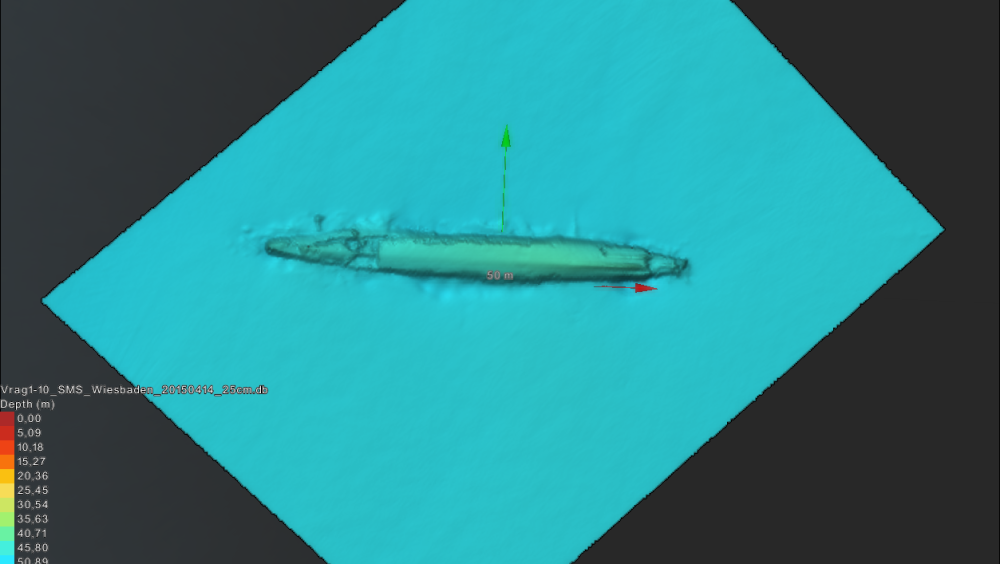Preserving the wrecks and memories of the men lost during Europe’s biggest naval battle: The Battle of Jutland (1916)
Europe’s battlefields are the final resting place for millions of servicemen and women, who gave their lives in the making of modern Europe. On land these sites are often protected as part of a nation’s identity and of our common consciousness. But when battlefields lie at the bottom of the sea, there are great challenges to their protection and presentation. This project will address these challenges at the site of the pivotal WW1 Battle of Jutland, off the coast of Denmark in 1916.
The Battle of Jutland took place during World War I and is history’s largest naval battle. It was fought in the North Sea off the coast of Denmark and was the only all-out encounter between the British and German fleets during that war. 100,000 men and 250 German & British ships fought for 12 hours. When it was over, 25 ships lay on the bottom of the sea, and 8,645 German and British sailors had lost their lives. This story involves three partners in its telling: The Sea War Museum, National Museum of Denmark and University of Ulster which are currently investigating the effects of the North Sea on the degradation of these wrecks and 450 other wrecks that have been registered and documented using high resolution multibeam sonar. This gives an accurate picture of the wrecks and, with environmental data from EU supported marine science research, we are correlating what we see on the seabed with the environment and considering how this affects the preservation of this cultural heritage. The results will serve as an important contribution to the knowledge of the effects the North Sea has on this irreplaceable tangible heritage and will facilitate improvement of the management of the site in accordance with European and international law. The story will be exhibited at the Sea War Museum to make these hidden sites accessible to a broader public and to ensure that the significance of the wrecks and the sailors that perished is remembered and safeguarded for future generations.
The battle of Jutland contributed to the shaping of modern Europe. Wars are not to be glorified, but whether we like it or not, wars are an integral part of European history and if we do not remember, we are bound to repeat the mistakes. From this perspective the battlefields are important, but it is also clear that a battlefield at sea cannot be visited, preserved and exhibited in the same way as a battlefield on land, due to the very nature of the environment and its inherent inaccessibility for a wide public. The sea battles must, however, not be forgotten or neglected, and our story seeks to address this aspect.
